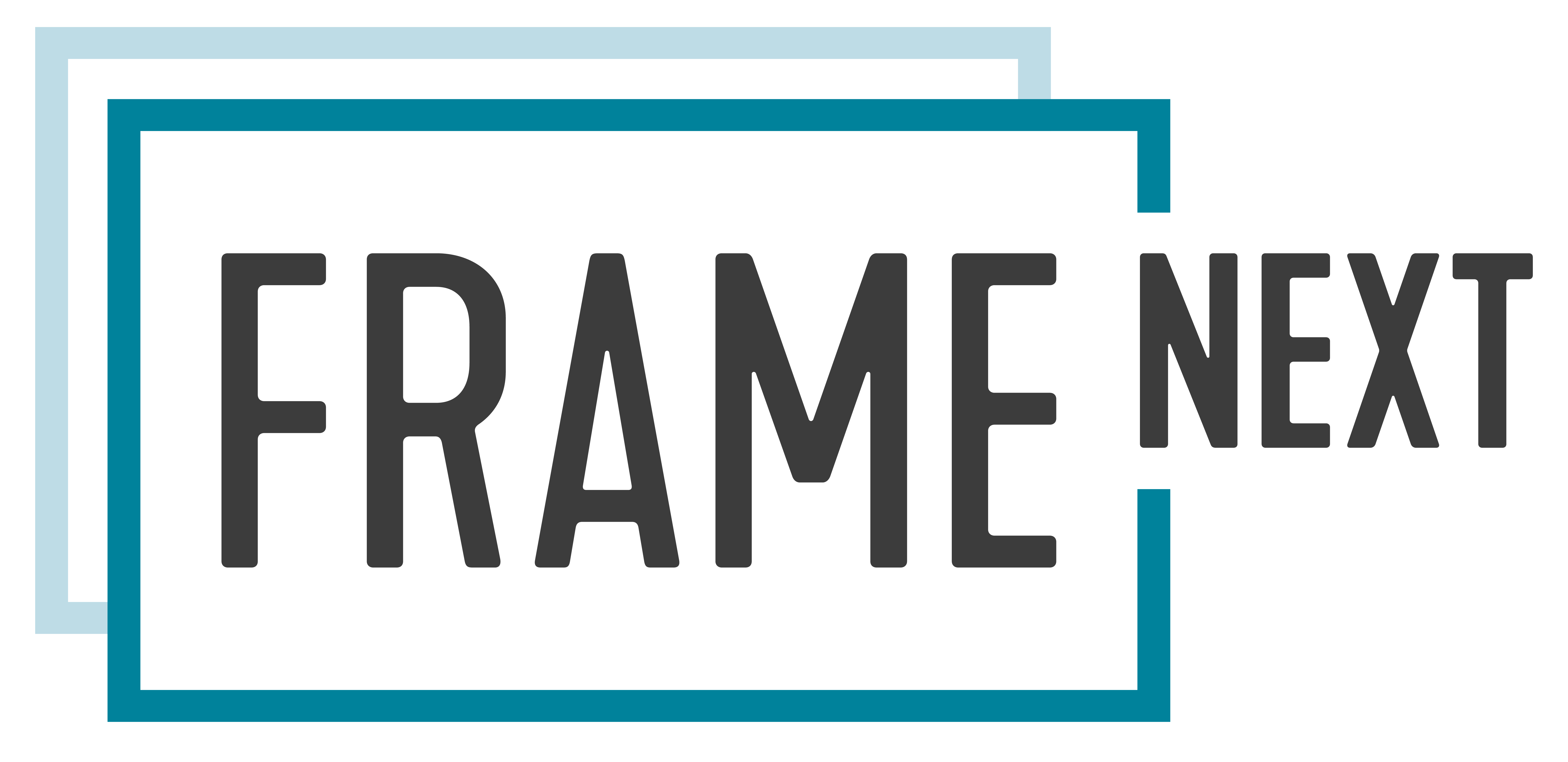The European Intelligent Transport Systems (ITS) Framework Architecture, often now known as “The FRAME Architecture” was created to provide a minimum stable framework necessary for the deployment of integrated and inter-operable ITS within the European Union.
The FRAME Architecture comprises the top level requirements and functionality, (which can be related to various parts of a Use Case template), for almost all the ITS applications and services that have been considered for implementation somewhere in the European Union. It is at a “level” such that it can be used as a reference by all ITS architects, and is intended to be the foundation for creating the more detailed architectures and designs that will be necessary for any particular ITS implementation. It will enable them to guarantee compliance at the interfaces of other systems so that seamless services can be provided to travellers wherever they may roam across Europe, and an open European market of compatible components can be established.
FRAME NEXT is a project that extends the FRAME Architecture with the activities of the different member states in Europe, within the priority areas of the ITS directive (Directive 2010/40/EU) and with the methodologies and tools that make a modern ITS architecture attractive and appealing for its users. FRAME NEXT project has three main phases of work: State-of-the-Art Analysis, Evolution Cycle, and Dissemination and Outreach.
The concept of predefined packages created from the FRAME Architecture up to the Physical View, together with implementation examples and guidelines would be very useful.
While designing a new tool supporting the FRAME Architecture, make sure it will be easy to use and will not require advanced technical knowledge. Any new tool should have the ability to define an Enterprise/Business View for a particular ITS. If any exist at a European Level then they should be included.
The FRAME Architecture should be freely available; however, privacy concerns and business considerations also should be taken into account. As a part of an architecture creation process a review of the privacy, safety and security aspects should be conducted, i.e. the privacy, safety and security aspects are the responsibility of a user of the FRAME Architecture. The Functional View may be used by the advisors and academic users and the Physical View should be designed for the developers and/or ITS planners. It is worth considering expanding the FRAME Architecture tool to provide: component descriptions/examples and best practices/solutions for a few ITS service requirements, e.g. those included in EU ITS Directive.
Functional View
- Several areas of the ITS functionality need to be modified or included.
- A greater explanation is required to understand what the functionality does and how to use the functional descriptions.
- A Functional View could serve as the consistency check for other views and elements from the framework architecture.
- The users should be able to adapt functional elements to their needs easily in the new tool.
- Some functions and data flows might need a review as well as a reference to standards.
- A Functional View should work in a public-private playing field.
- A user needs to know in detail the FRAME User Needs and the Functions in order to use
- them efficiently.
Physical View and Predefined Views
- Management “from User Needs to the Physical Views” should be possible for the FRAME maintainers.
- Changes to some Physical Views should be possible using FRAME tools
- Predefined Physical Views should be created at least for: e-Call, C-ITS and other priorities from the EU ITS Directive3.
- Predefined Physical Views should stay connected to functional views and user needs – to maintain the integrity of the general ITS architecture approach and facilitate extensions and future updates.
- It would be nice to keep a track of used data flows and show possible extensions to the planned overall system.
Business/Enterprise View
- Functional views may be used as a basis for mapping different business entities.
- It should be possible to develop an Enterprise/Business View that can include the roles and responsibilities of all the stakeholders.
- Any new Tool should contain the ability to define an Enterprise/Business View for a particular ITS Architecture sub-set. This should enable FRAME end users to build a bespoke ITS architecture from it that includes roles and responsibilities covering the interests of all the stakeholders in the ITS implementation that it supports.
- The Enterprise/Business View must take into account the most popular business/enterprise models being used for current ITS implementations.
The Selection Tool and Selection Process
- It would be useful to change the outcome of the Selection Tool into diagrams/graphics or some other form that enhances the user experience.
- Users shall be provided with easy-to-use building blocks (e.g. macro functions, collation of subsystems) that can be adapted using the Selection Tool. These blocks should be prepared, uploaded, approved and maintained by the FRAME Architecture maintainers.
- By using the modular approach, a selection process would be needed only by professional advisors to build the architectures which are different from the examples provided (predefined views). This approach would speed up the planning and implementation of ITS services and allow the “non-architects” to benefit from the architecture.
What could be added to the existing FRAME
Architecture
The existing functionality should be modified (including additions) to, i.a., cover a report produced resulting from the work of the EC funded CEN TC278 Project Team 1701, e.g.
- correcting the use of the term “car sharing”
- add functionality for “car pooing”
- use of electric vehicle charging points
- more explicit multi-modal trip planning including the use of shared bi-cycle
- schemes and on-demand transport
- inclusion of weigh-in-motion (WIM)
- support for site inspection
- purchasing of image of roadside
- street lights management, and
- various other minor changes.
